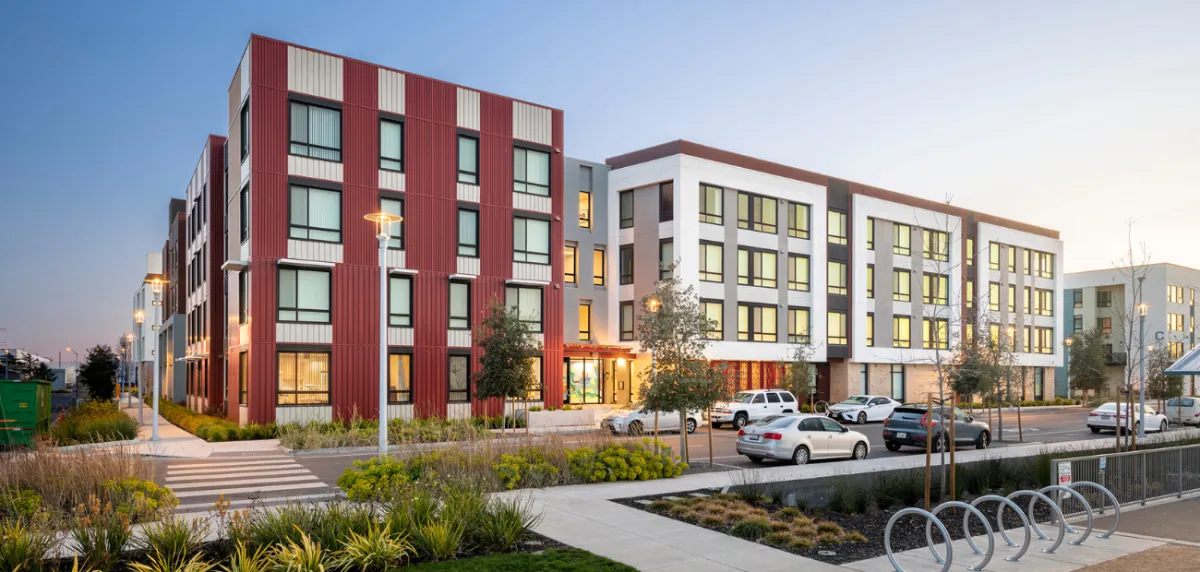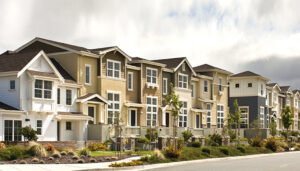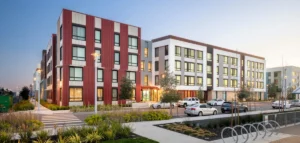Professionals at the firm identified affordable housing and the Southeast region as top priorities for investors.
The year ahead is expected to bring a return to normalcy for the apartment industry on the back of strong investor interest and growing multifamily demand, especially in the Southeast region, according to commercial real estate firm Berkadia.
Average apartment occupancy in the U.S. fell by 60 basis points to 95.2 percent by the end of 2020, weighed down by a 6.5 percent payroll contraction and a surge of new housing supply. More than 364,400 apartments were added to the market last year, a 20-year high, Berkadia noted in its 2021 forecast report.
The public health crisis and its economic aftershocks were accompanied by a dramatic drop in multifamily deal flow, depressed rent collections and increased concessions. Despite the challenges, most of Berkadia’s mortgage bankers and investment sales advisors say that the commercial real estate industry fared better than they anticipated, according to an internal poll of nearly 150 professionals across 60 of the company’s offices.
Taken in December, the newly released survey shows that 49 percent of Berkadia’s professionals expect that they will be activity pursuing acquisitions throughout 2021, while 22 percent will be seeking immediate financing on currently owned properties and 8 percent will be turning their attention to new property types not already in their portfolio.
NORMALCY AND AFFORDABILITY
More than half of the firm’s experts believe that commercial real estate capital conditions will return to normal by the end of the year. The guarded optimism comes after a year of crisis in which multifamily deal volume totaled $481.6 billion through November 2020, a 34.4 percent year-over-year decline, Berkadia found.
Affordable housing has become a major draw for investors at a time of persistent economic hardship, but a plurality of Berkadia’s experts (49 percent) chose Class B housing as the multifamily property type of most interest to investors in 2021. Sixteen percent said affordable housing would generate the most interest, while 14 percent identified Class C or True Workforce as the top priority.
Berkadia noted that lending activity boomed in 2020, possibly driven by historically low interest rates and greater activity by government-sponsored enterprises (GSEs) such as Freddie Mac and Fannie Mae and the U.S. Department of Housing and Urban Development (HUD). The GSEs are expected to drive most of the lending activity in 2021.
A plurality of respondents (41 percent) said they expect the Southeast region to be home to the great commercial real estate financing and deal activity in 2021.












